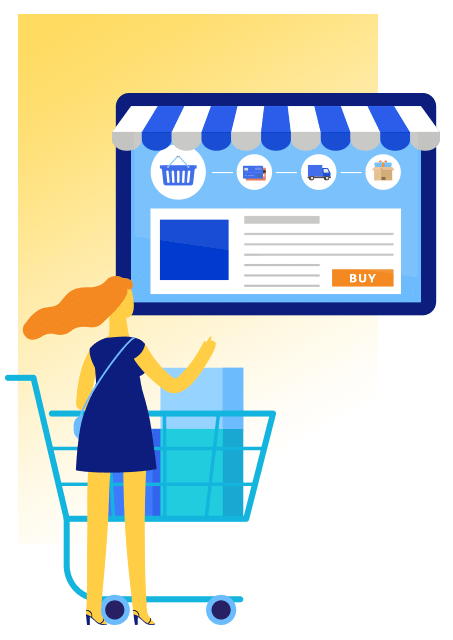How to Sell Online: The Complete Guide
Get started selling products online in 7 easy steps

The world of eCommerce — selling products and services through the internet — offers vast opportunity for entrepreneurs everywhere. A quick look at eCommerce statistics will show solid growth with no sign of slowing down. If you're interested in starting a business, selling online can be extremely rewarding. It can also provide a path to success without the risks involved in buying property and opening a physical store.
Of course, there are several steps involved in starting an online store. You'll have to choose an industry, think up a business name, and decide what types of customers you want to serve. Since your storefront will be on the internet, you'll also need to choose the right domain name for your website, build your online store, and handle other details like which shipping carrier to use. At the beginning, this can seem overwhelming, but the process will be much more approachable if you follow our guide.
We've put over 20 years of eCommerce experience into this simple guide just for entrepreneurs like you. Below, we've condensed the whole process of starting your business and creating your online store into seven steps, plus supplementary guides and resources. Remember, take it one step at a time and don't be afraid to go back and revise your original plan as you learn more about the market you want to enter.
So, let's get started!
















